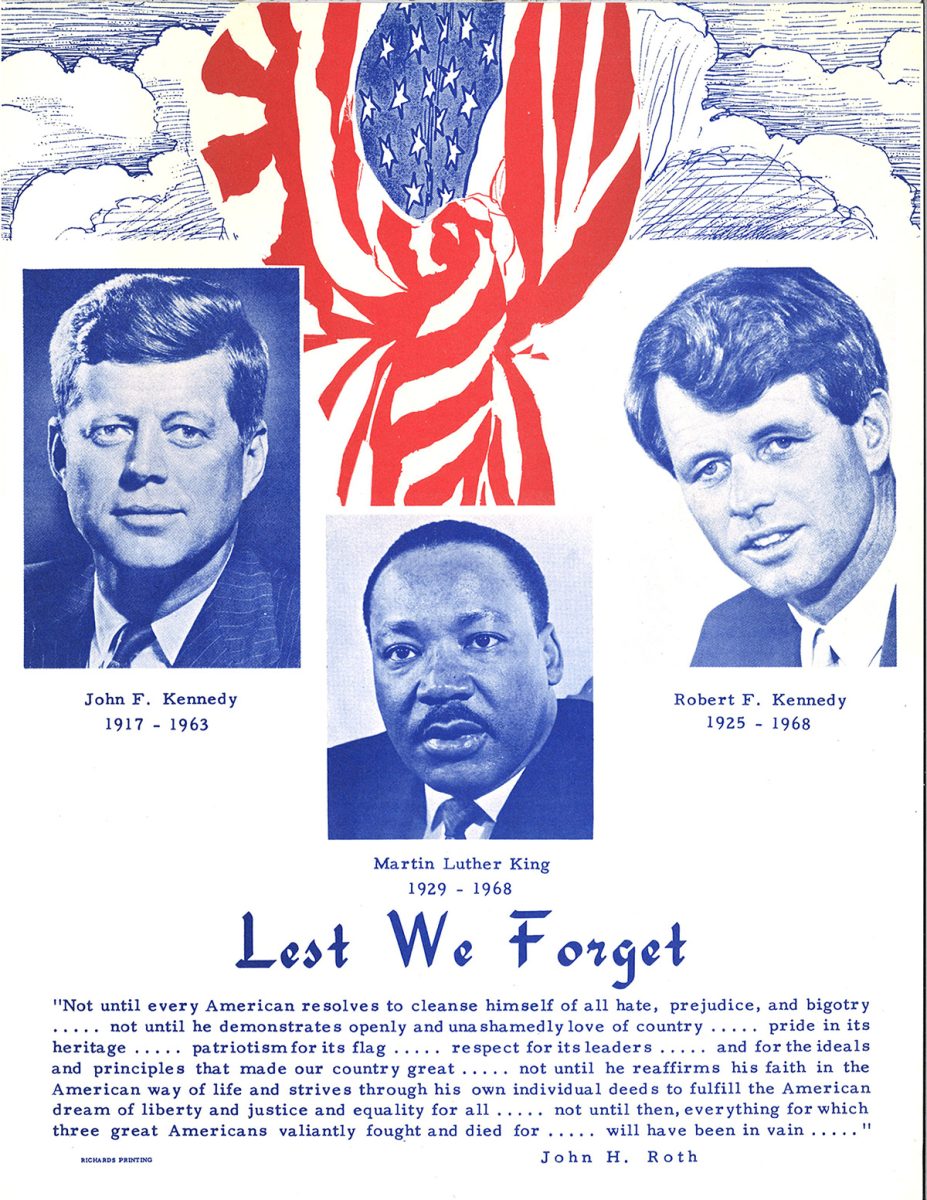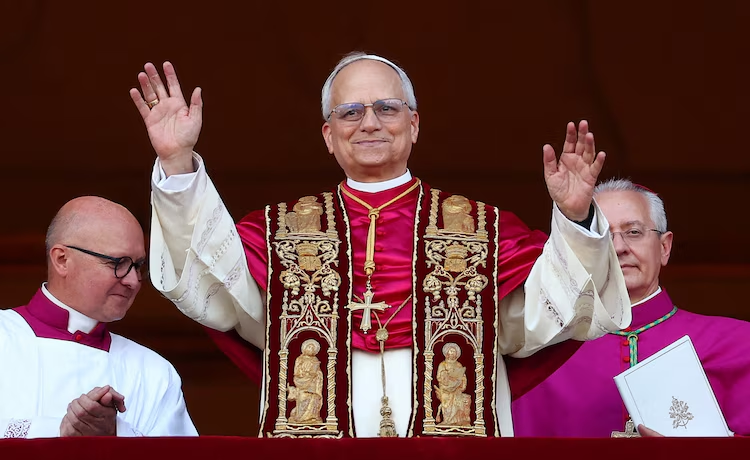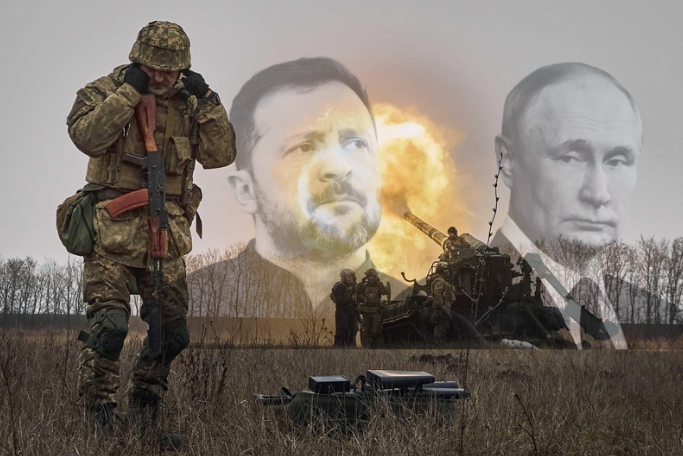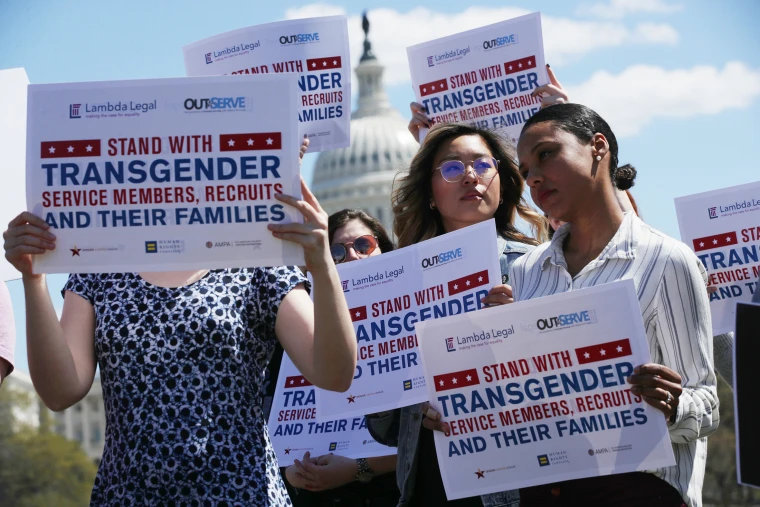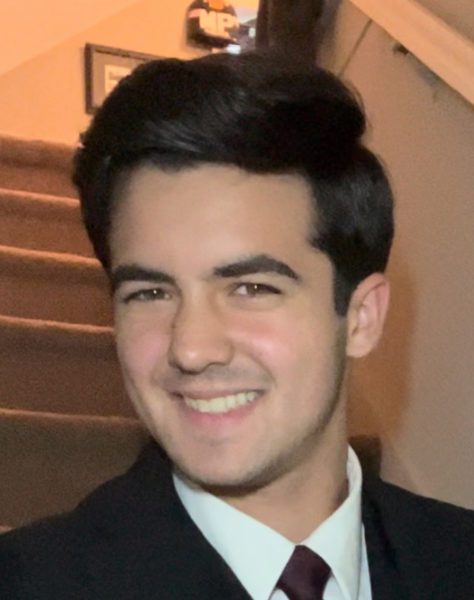On Tuesday, March 18, 2025, a large number of the roughly 88,000 remaining classified files regarding the assassination of President John F. Kennedy on November 22, 1963, in Dallas, Texas, or about his presidency were declassified and released to the public on the National Archives website. This comes after the 45th and 47th President of the United States, Donald J. Trump, enacted Executive Order 14176, titled “Declassification of Records Concerning the Assassinations of President John F. Kennedy, Senator Robert F. Kennedy, and the Reverend Dr. Martin Luther King Jr.” on January 23, 2025.
This is a remarkable and historic milestone in the United States government, as there has been significant distrust of the government in the American public for years. You may be asking, ‘It is 2024, so why is this relevant when all of these events happened over half a century ago?’ To answer this question, we must dive down the rabbit hole of Government Transparency, and how the lack thereof has led to the events we are discussing today.
During the Progressive Era in the early 1900s and later under the Presidency of Franklin Delano Roosevelt in the 1930s during the Great Depression, the federal government grew exponentially. With this rapid growth only continuing during the course of the Second World War, the American government had many things that were very important to hide from the public, as it dictated their safety and security.
On December 7, 1941, the Japanese Empire conducted a surprise attack and bombed Pearl Harbor, a naval base in Hawaii, which signified to the American people that they were in need of a serious boost in security. Hence, the beginning of the Manhattan Project and the creation of the atomic bomb were of high priority and high secrecy.
However, following the Second World War, there was the Cold War, a long period from the mid-to-late 1900s of constant tension, espionage, competition, and the looming threat of utter annihilation of the human race by nuclear war. Which only further exacerbated the already large reason for government secrecy.
This government secrecy, though, began to get out of control. During the tumultuous period of the 1960s, there were political assassinations, major riots and protests all over the country, the start of nuclear war only being stopped by phone calls and stubborn officers who refused to allow launching missiles, and so many other wild things that spread fear in a time of prosperity. What sparks so much controversy over this time period, however, is who was assassinated… who would be U.S. President John F. Kennedy, civil rights leader Reverend Dr. Martin Luther King Jr., and Senator Robert F. Kennedy Sr.
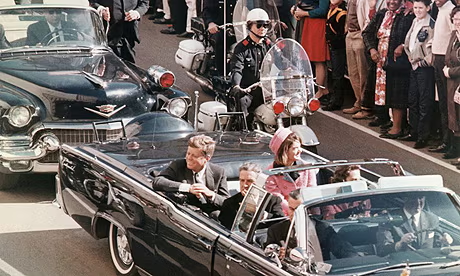
The Assassination of President John F. Kennedy, November 22, 1963, Dallas, Texas.
U.S. President John F. Kennedy was elected in the 1960 election and became a popular and charismatic leader of the country. He was tough on Communism, young, and a visionary leader. Over the course of his presidency, he faced many challenges and incredibly stressful situations, some of which brought the world to the brink of World War III. In August of 1961, mere months after he assumed office, Soviet and American tanks faced off in Berlin, where the world braced for the start of war. Later in his term, he dealt with the Cuban Missile Crisis. In October of 1962, Soviet missiles were discovered in Cuba, and after thirteen long and intense days, the crisis was averted.
Unfortunately, Kennedy’s presidency ended tragically. On November 22, 1963, Kennedy sat in an open-top convertible, parading through Dallas, Texas, with his motorcade as part of a two-day, five-city tour of Texas aimed at harmonizing the warring factions of Texas Democrats and building support for his re-election in 1964. At 12:30 PM, President Kennedy was fatally shot in the head by an assassin while his motorcade passed through Dealey Plaza. Kennedy was rushed to Parkland Memorial Hospital, but there was nothing the doctors could do.
The President of the United States had been assassinated–murdered, and the American people wanted answers. Following the swearing-in of Lyndon B. Johnson to the Presidency, the Warren Commission was created to investigate and publicize what happened and why. Officials found the alleged gunman to be Lee Harvey Oswald, but right as the American people were fully invested and watching, hoping to hear an answer as to what happened, Lee Harvey Oswald was shot and killed by a local nightclub owner named Jack Ruby on November 24, 1963.
The American people deserved answers. So much chaos happened in the past few years: the failed invasion of Cuba (also known as the Bay of Pigs Invasion), the Cuban Missile Crisis sent everyone into a panic, and many other events, like the Red Scare, have put so much stress and fear in the American people. In a matter of two days, the president and his assassin were murdered, and the American people had no answers as to why. Hence, the creation of the Warren Commission to find definitive answers to calm the American people.
The Warren Commission drew three major conclusions about the assassination on November 22:
- Lee Harvey Oswald fired three shots and killed the President.
- They found no evidence to suggest that Oswald was part of any conspiracy, either domestic or foreign, to assassinate the president.
- They also concluded that Jack Ruby, who killed Oswald two days later, acted alone.
Despite the definitive answers given by the Warren Commission to the American people, the refusal to even entertain the idea of a conspiracy left the American people unsatisfied and uncertain. The Warren Commission came under heavy scrutiny, and this was for good reason, as some of the conclusions consisted of shallow investigation or very odd theories.
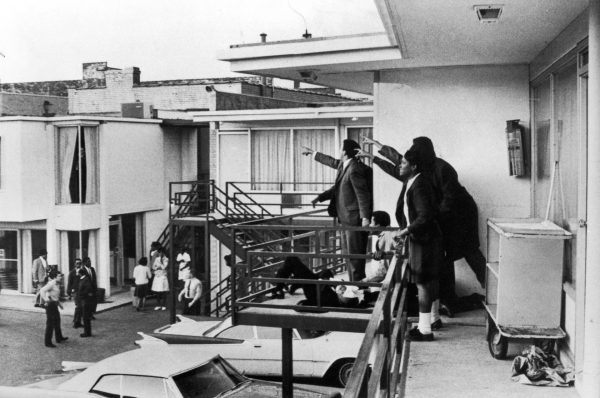
The Assassination of Reverend Dr. Martin Luther King Jr., April 4, 1968, Memphis, Tennessee.
Before the 1960s, the U.S. had one stain on it that outmatched all other stains. The one fatal flaw of the country that came in stark contrast to every Enlightenment and Western ideal the country stood for: racial segregation. Since the Civil War and the flawed Reconstruction Era, Jim Crow laws prevented the African-American population of the U.S. from accomplishing many things in life, and oppressed their rights as citizens.
After years of oppression and racial discrimination, however, one man stood out from all the rest: a black priest from the southern state of Alabama named Martin Luther King Jr. Unlike many other protest movements, King stood for what is now known as ‘civil disobedience,’ and peacefully protested all over the United States for the equal and civil rights of all people, regardless of the color of their skin.
His efforts came a long way, as he was able to see the end of Jim Crow laws, the end of segregation, and the landmark Civil Rights Act of 1964, thereby making racial discrimination, as far as the government was concerned, illegal. Unfortunately, not everyone was happy with his efforts.
On April 4, 1968, Reverend Dr. Martin Luther King Jr. was at the Lorraine Motel in Memphis, Tennessee. Tragically, after all the hard work he had accomplished through the Civil Rights Movement of the 1960s, he was shot and mortally wounded by a gunman named James Earl Ray. King, a man of peace and advocate of ‘Civil Disobedience’ rather than political violence, met his fate in a grueling end as a gunman shot him at 6:01 PM. King was rushed to the hospital but died an hour later at 7:03 PM.
According to the FBI, the assassin of Martin Luther King was the career criminal James Earl Ray; however, it took multiple days between the initial assassination and the national/international manhunt for the FBI to finally declare the assassin as James Earl Ray. In other words, Ray was not named the prime suspect until nearly a week after the assassination, on April 10, 1968.
There was initially a ton of confusion on the night of the assassination, as authorities chased a white Mustang but lost it until it was found abandoned near Atlanta, Georgia. Ray had fled the United States with a fake passport to Toronto, taking another plane to London, England. After traveling around Europe for well over a month, he was caught by authorities at London’s Heathrow Airport on June 8, 1968.
Compare that to the assassination of any other notable figure of the time, and King’s alleged assassin took far longer to be caught than any others. Despite King’s legacy being one for peace and unity among all Americans, his murder sparked an uproar of violence and riots that took over the nation’s cities. Unfortunately, tragedy was not yet done.
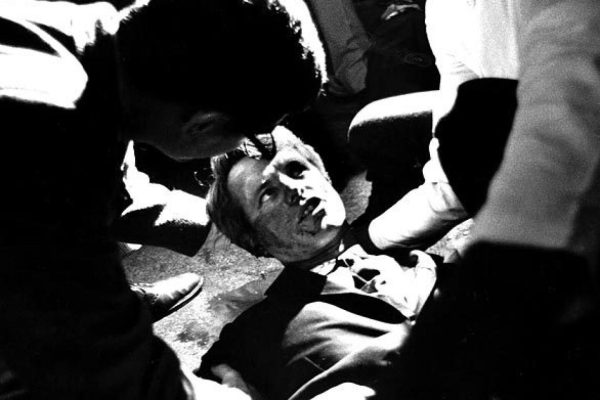
The Assassination of Senator Robert F. Kennedy Sr., June 5, 1968, Los Angeles, California.
The younger brother of the esteemed President, Robert F. Kennedy Sr., was the former U.S. Attorney General and U.S. Senator from New York. Following the announcement that President Lyndon B. Johnson would not run for re-election in 1968, Kennedy entered the Democratic Primaries for the 1968 Presidential Election.
Kennedy was a prominent Democratic leader and reformer, following in the footsteps of his older brother. Many anticipated him to be the face of the Democratic ticket for the 1968 election. With his compassionate and persistent views, his campaign symbolized hope for a divided and grieving nation, especially in the immediate wake of Martin Luther King Jr.’s assassination.
Unfortunately, like his brother and King, he would never be able to pursue his dreams for the nation. On June 5, 1968, nearly 5 years following the tragic and traumatic assassination of his older brother, and a mere 2 months following the assassination of Reverend Dr. Martin Luther King Jr., Senator Robert F. Kennedy was on the Presidential campaign trail for the Democratic California Primary.
When Kennedy learned of his victory in the Democratic Primary, he celebrated at the Ambassador Hotel in Los Angeles, California. Tragedy struck, however, when a Palestinian man, Sirhan Sirhan, shot and mortally wounded Senator Kennedy just after midnight on June 5, 1968. Senator Robert F. Kennedy would tragically succumb to his wounds the following day. Sirhan Sirhan allegedly murdered Senator Kennedy to prevent his presidency due to his support for Israel.
However, by 1968, people were growing increasingly skeptical of the Warren Commission and, with striking similarities between John F. Kennedy and Robert F. Kennedy’s policies and their assassinations being similarly mishandled, people grew more suspicious.
Unlike the assassinations of his older brother and MLK, the assassination of Senator Robert F. Kennedy is particularly blatant with conflicting information. Whereas the mainstream narrative investigations of President Kennedy and King have some rationalism behind them, the physical reports of the assassination of Robert F. Kennedy state that his assassin, Sirhan Sirhan, was five feet in front of him when he fired about eight times with a .22 caliber revolver that could only hold eight bullets.
Kennedy was hit three times—once in the head and twice in the upper body—with the fourth bullet passing through his jacket. Five other people were wounded. Despite Kennedy being shot point-blank from the front, autopsy evidence concluded and confirmed that Kennedy’s fatal shot came from the back and entered his head behind his right ear, leading to speculation that there was a second gunman behind Kennedy. Furthermore, audio analysis suggests that there were more than eight shots, with many shots being in such quick succession that one eight-round .22 caliber gun could not have fired them. U.S. Secretary of Health and Human Services Robert F. Kennedy Jr., the son of Senator Robert Kennedy, has also spoken out many times, suggesting there was a second gunman who shot his father.
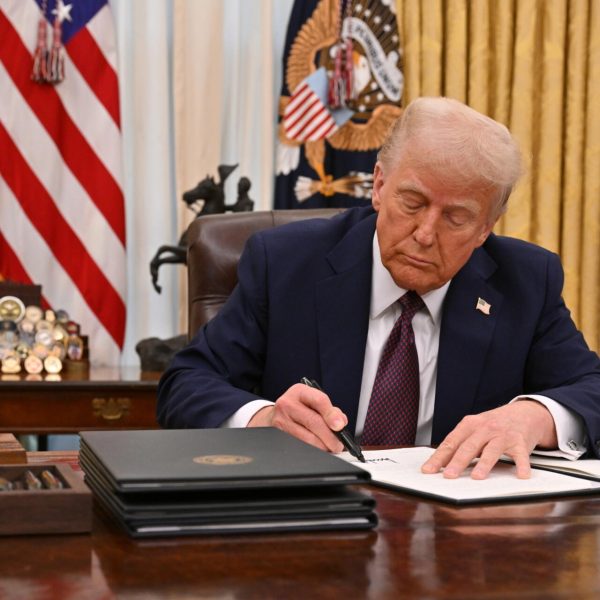
Why is this Relevant Today?
Recently, the Trump Administration has made efforts to increase government transparency, which he started by declassifying well over 80,000 secret documents regarding the assassination of President John F. Kennedy through an executive order on March 18, 2025.
From the very start of our nation’s founding, the government was made for the people and to be run by the people. Hence, hiding information from the public when it is about horrifically immoral things, including murdering the president, a senator, or someone who strives for peace for all Americans, among many other reasons, is detrimental to Americans’ trust in the government. Understanding the context of this tumultuous period in American history is key to further understanding the importance of government transparency.

